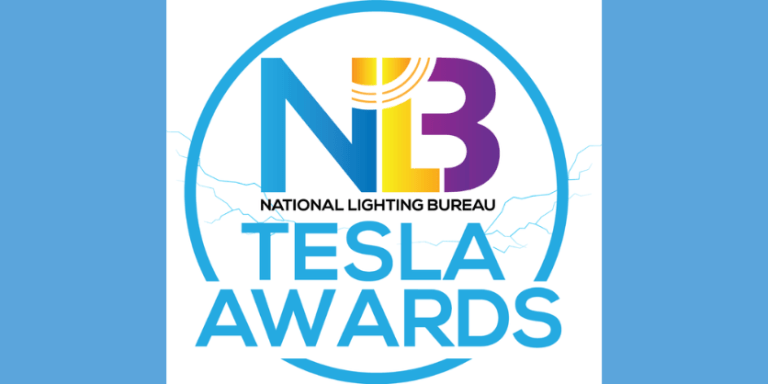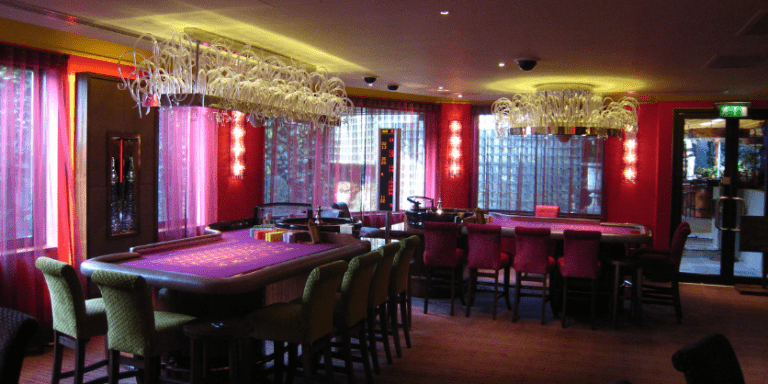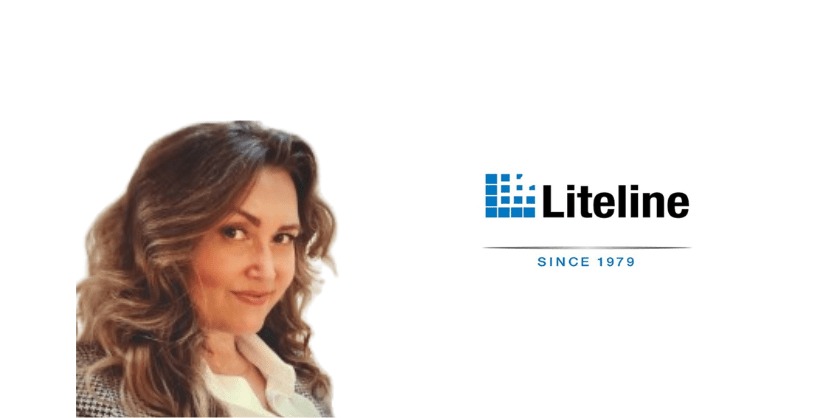Growing THE Lighting Market
By David Gordon

Recently we released our Q3 Pulse of Lighting report which, other than sharing that Q3 was relatively static, also asked a couple of questions that directly lead to growth for the lighting market.
The issue is important as the lighting market has lagged the overall industry since essentially Covid. Some is due to supply chain issues, some to static /declining pricing over time, some to product innovation of selectable products that has reduced SKUs, and the competitive environment coupled with “lots of comparable product, and suppliers, in the market.”
Grow the Market or Take Share … Selling and Servicing
The questions were:
- “The proverbial $64,000 question … “What do you think could drive lighting demand or is it a market share game?”
- And then, relative to the complementary lighting controls market, “What do you think are the challenges to growing lighting control sales?”
The feedback was insightful, and it led me to explore the distinction between servicing and selling.
“Servicing” is when someone has already determined that budget is allocated to a specific, desired, expense. While new construction is, by definition, primarily “servicing” an opportunity, there are elements of renovation, and sometimes new construction, where “selling” can occur. This can relate to “upselling” to promote added functionality, better quality, improved/ more desirable design (aesthetics). Servicing is the revenue driver of the electrical industry … someone has a need, and they seek material to support it. This is why construction information is a main driver for industry economic models.
“Selling” also can involve bringing ideas to potential customers. In lighting, promoting energy savings based upon converting to LED is an excellent example. Another example is when sharing utility rebate information leads to consideration of a lighting retrofit. In the energy efficiency example, “Sellers” promoted the benefit of the new technology and created opportunities.
2025 Lighting Market
When manufacturers, reps/lighting agents, and distributors were asked the first question (about the overall market), their feedback was segmented into:
- Market share, or a belief that “the market is what it is.” While growth may occur, it will be driven by GDP growth or the construction market benefiting from reduced interest rates.
- Others felt that the market needs either another technological breakthrough to generate an upgrade cycle or some type of regulatory issue that will also require lighting buyers to “upgrade” or spend more.
- And a few felt that companies, either individually or collectively, need to market “why upgrade.” This could also be interpreted as customer segment marketing to promote “why” for that segment rather than traditional manufacturer marketing which focuses on “what” they sell. In other words, the benefit versus the product.
As, an aside, if manufacturer/distributor “growth” is dependent upon taking market share, the question becomes, “Are you tracking your lighting market share?” It is tough to do via product category in the project environment, but there are some ways to approximate this and then, over time, determine if you are trending the right way. For distributors looking at their geographic market, it is much easier.
The lighting controls market faces different challenges. They relate to:
- Controls being embedded into fixtures can distort the percentage of lighting sales that are control systems.
- The various protocols and marketplace options create confusion and complexity, let alone compatibility concerns. There is a sense that continuous education, even on the basics, let alone continuous clarification, is necessary.
- Contractors, and others, can be inhibitors by value-engineering projects and removing controls from a quote/budget to “meet/be beneath” the budget to win the order rather than sell the benefits of the system. Saying “do later” rather than selling, diminishes the value.
- Again, end-users need to be convinced of the benefits.
The answer to both questions comes down to “selling” the value of lighting and lighting controls. This requires much effort and a different type of marketing. This is required whether the industry is servicing demand or generating demand.
This need to sell was emphasized by Bill Attardi, a lighting industry icon, who recently shared an article titled “The Whole Customer Value-Added Proposition.”
In the article, he shares (and I paraphrase):
- A value proposition is a positioning statement that explains what benefit your product or service provides for your customers and how you do it uniquely better than your competition.
- Must focus on “value-added.”
- In a high-tech digital world, we must expand the concept and must address three (3) distinct/essential offerings, and they must all work together in a uniqueness that, as a lighting seller, you must own:
-
- The Product
- The Solution
- The Service
- The need to sell solutions and services
Bill has seen much change in the industry (he started in lighting sales with Westinghouse in 1965! and spent 23 years with Philips!) His experience shares a unique perspective on the industry.
This is not to say that companies, and product categories, will not have growth in 2025, just the overall market. For those companies focused on value-engineered opportunities, “white goods,” products for small / mid-sized projects, and similar, there are opportunities. Many distributors have invested in people and tools to support contractors and are winning in lighting … just not competing for specifications which are pursued by lighting agents. Several contractors offer design / build services and quote lighting. Here’s an article on contractors quoting for residential remodel, and it occurs regularly for small and mid-sized commercial projects (check out the articles by Andrew Boerschig from Guarantee Electrical on US Lighting Trends.
The key to winning this business is “blocking and tackling” … calling on the distributor branch location or contractors and building relationships (and recognizing that email is a follow-up tool.)
Without “selling,” the alternative, for all parties, is to rely on the market to give and focus on taking share.
Exceeding market growth requires selling and servicing. Need ideas, give us a call or email me.
Your Feedback
In your opinion … is 2025 a market share game or are their opportunities to create demand (and if so, how?)
And if you would like a copy of the 2024 Q3 Pulse of Lighting Report, it is available for only $35.









